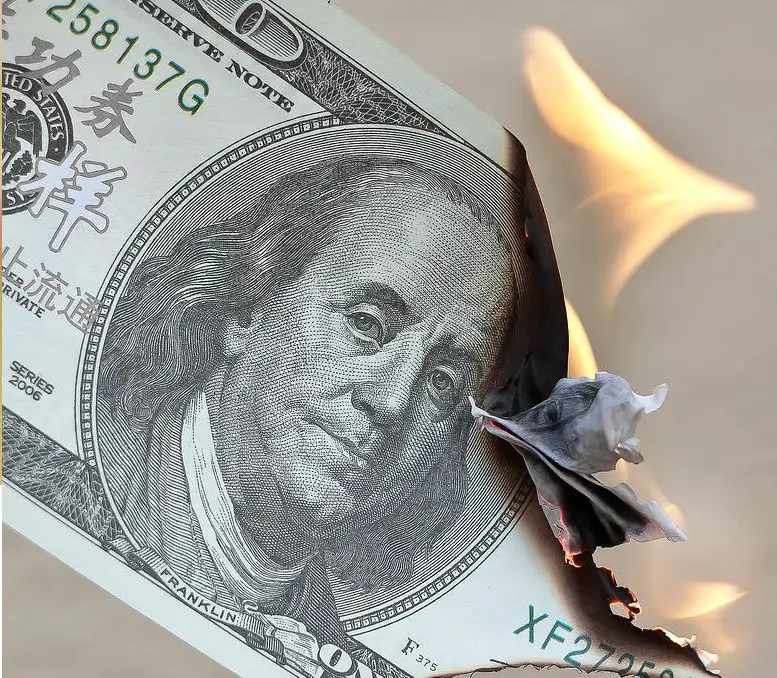To the surprise of many, inflation has proven quite persistent for a full year now, even as the numbers at the end of April showed an 8.3% rate. Looking back at history, some analysts are worrying that in the past even aggressive rate hikes have shown they can take years to begin to tame the rate of price increases.
On Thursday, BofA Securities strategists Vadim Iaralov, Howard Du and others highlighted the years between 1974 and 1988 as the most similar time to today, when the annual headline consumer price index was rising at a rate similar to the US pandemic period between 2019-2022.
In 1980, even with the Fed having raised its main policy target rate above 10% for most of the year, it took more than 36 months for the annual headline consumer price index to drop below 3%, “even on the back of unprecedented rate hikes enacted by Fed Chairman Paul Volcker.”
A similar case can be seen in 1973. The CPI had risen near 6%, and was set to keep rising. The Fed raised the fed-funds rate above 10%, Interest rates were brought to 9% by policy makers, who then raised them back to 10% or higher through the middle of 1974. However it took until the second half of 1976 before the CPI fell back below 6%.
Between 1978-1979, inflation came back with a vengeance until it hit double digits again, forcing policy-makers to raise rates over 10% again.
While the Fed will not raise rates to 10%, or anywhere near it this time, it is worth noting how persistent inflation can be in the face of even the most aggressive monetary tightening, and the effect it could have on equity valuations.
Analysts expect the year over year CPI to drop to 3.3% by years end, and for the rate to continue to fall into next year, probably to 5% or lower. Lael Brainard, the Fed’s vice chair, said that bringing inflation down is the Fed’s no.1 challenge, and she is hoping to see a string of lower numbers that will make her feel more confident that the rate will hit the central bank’s 2% target.
Mace McCain, chief investment officer at San Antonio-based Frost Investment Advisors said, “There are aspects of the historical pattern that are very relevant: Namely, that inflation took a number of years to develop, kept growing, receded, then came back and was hard to get rid of. That is also probably true today, we just have to be a little careful about drawing direct comparisons.”
He pointed out there are differences, such as the fact unions are no longer as strong today and are not driving wages up artificially, and that makes it more difficult to create the wage-price spirals seen in the 70’s and 80’s.
This has led him to predict that the annual headline CPI will drop to 4% or 5% by the end of the year from April’s level of 8.3%, producing conditions that will still be, “very damaging to people’s real earnings.”
And if inflation remains closer to current levels into the end of the year, McCain said he’d expect the worst damage to be done to 20- TMUBMUSD20Y, 3.316% and 30-year Treasury yields TMUBMUSD30Y, 3.094%, as investors sell off those bonds. “If inflation doesn’t moderate, historic P/E ratio comparisons indicate that the market would need to revalue lower,” he said.

